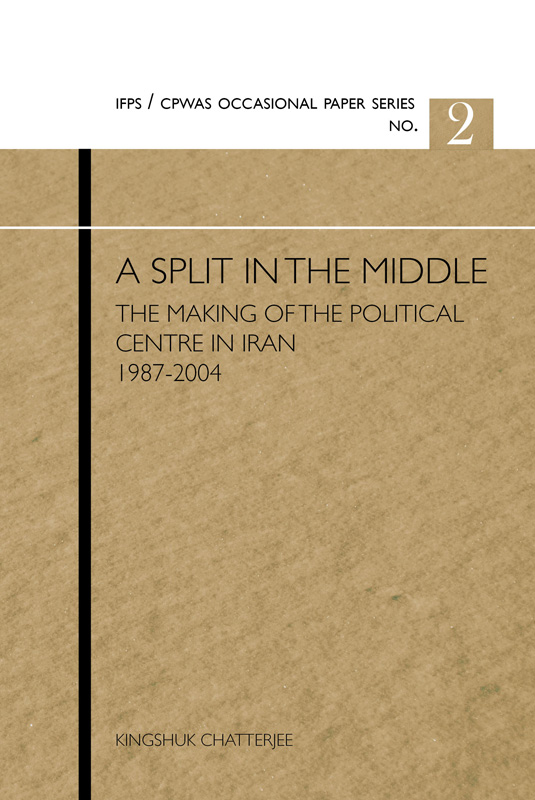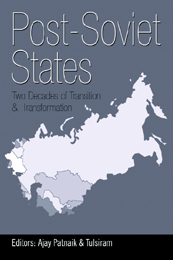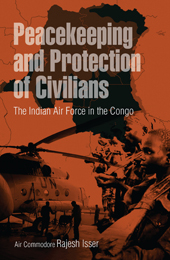Subjects
A Split in the Middle: The Making of the Political Centre in Iran 1987-2004
Kingshuk Chatterjee
The literature on domestic politics of the Islamic Republic of Iran generally argues that that politically centrist ideologies are altogether absent in a political milieu characterised by extreme positions. Some observers emphasise the institutional peculiarities of the Islamic Republic, which tends to facilitate rampant factionalism and polarisation of ideological positions, thereby impeding the emergence of a political middle. Others argue that the doctrinaire Islamist character of the revolutionary generation makes them averse to pragmatic positions in the centre, promoting an opposition that is equally doctrinaire. This paper means to argue that the politics of the Islamic Republic in the post-Iraq-War era has actually witnessed the emergence of a centrist political ideology, and that despite apparent weakening of this centrist ‘reformist’ position towards the end of Muhammad Khatami’s presidential tenure in 2005, the Iranian political centre is here to stay. The paper means to show that social conservatives split among free-marketers and hard-line populists make up the two extremist forces in Iranian politics, while a large chunk of the Iranian left has become de-radicalised to the extent that at present it actually represents the middle-ground rather than an extreme position.


 Political Science
Political Science



